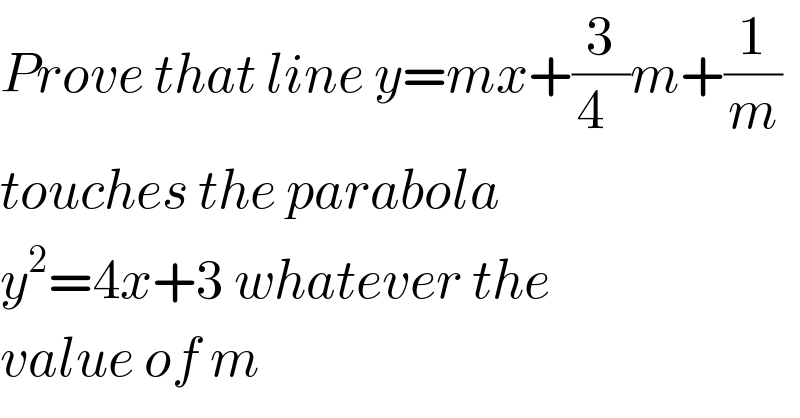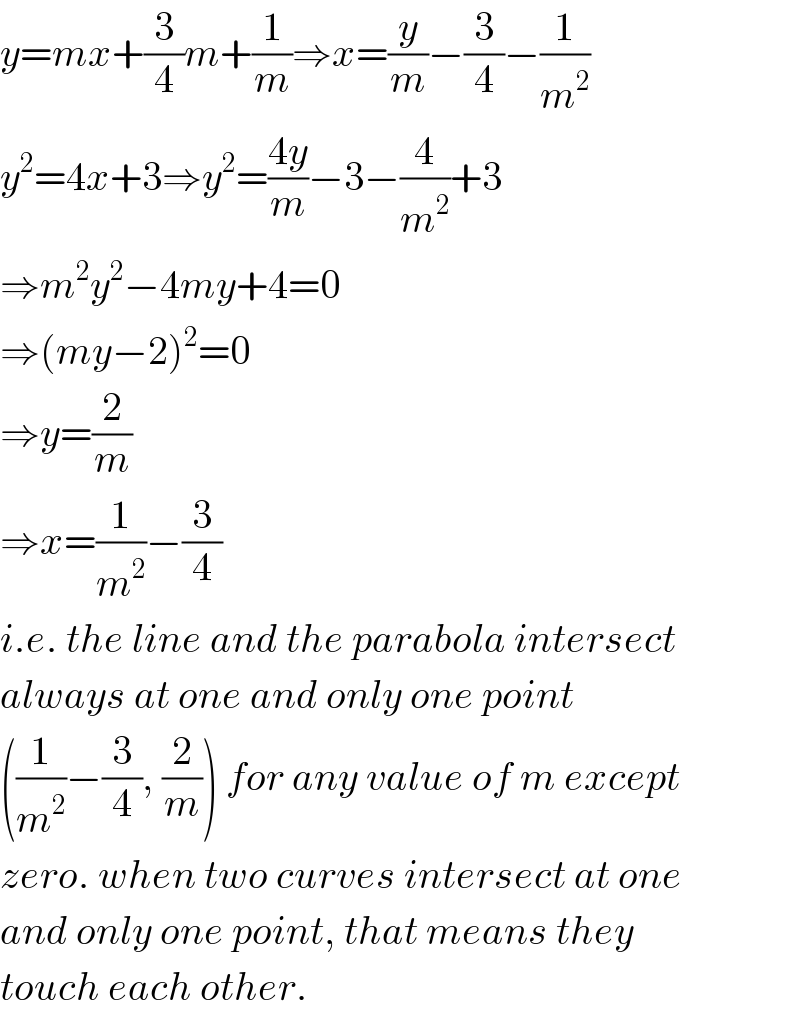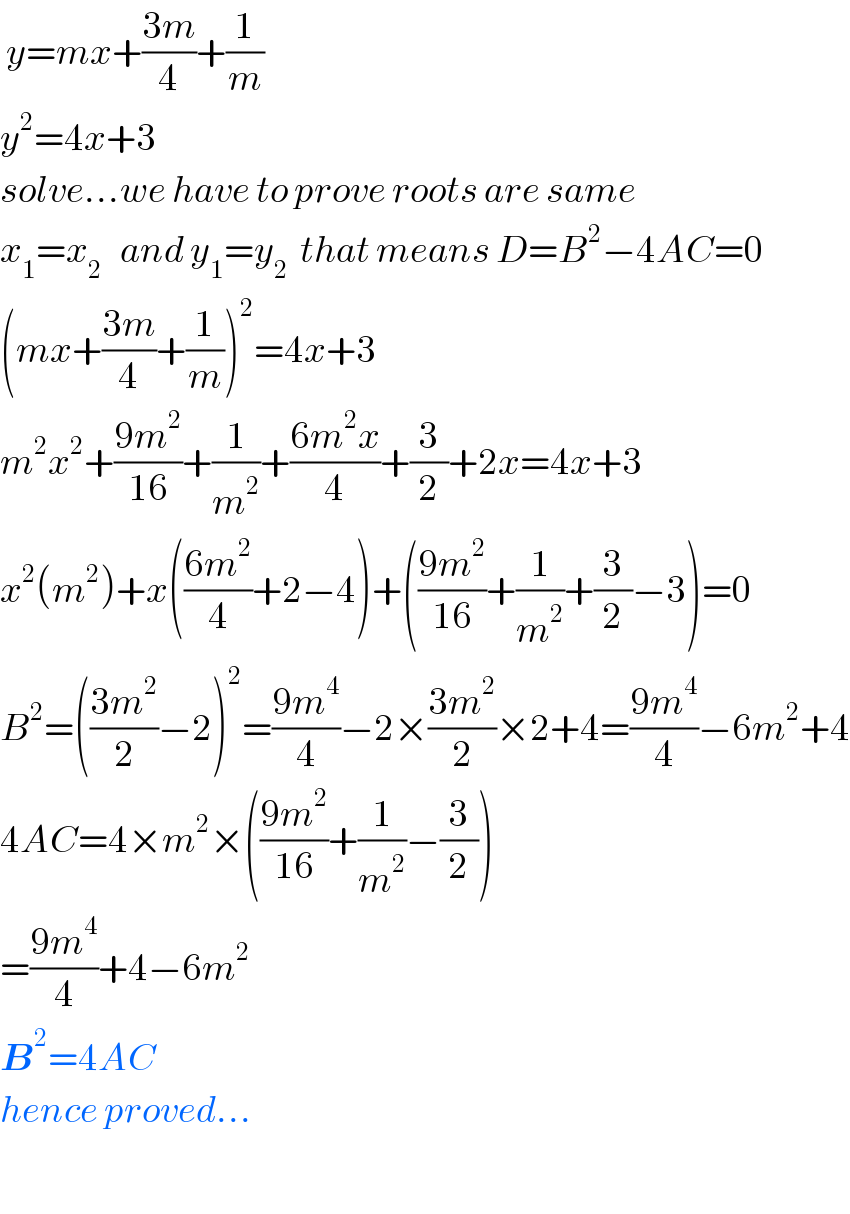
Question and Answers Forum
Question Number 51236 by peter frank last updated on 25/Dec/18

Answered by mr W last updated on 25/Dec/18

Answered by tanmay.chaudhury50@gmail.com last updated on 25/Dec/18

Commented by peter frank last updated on 25/Dec/18

